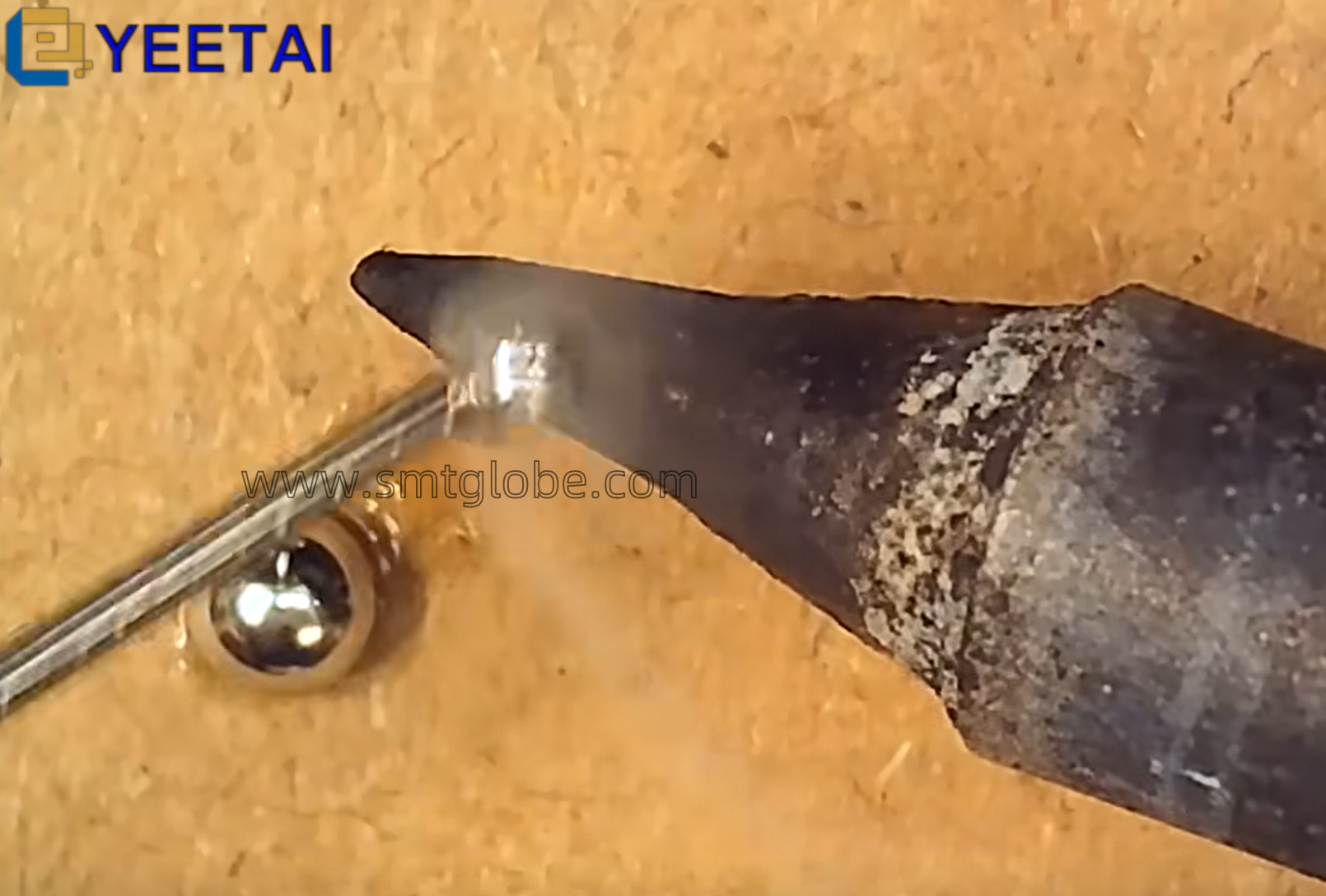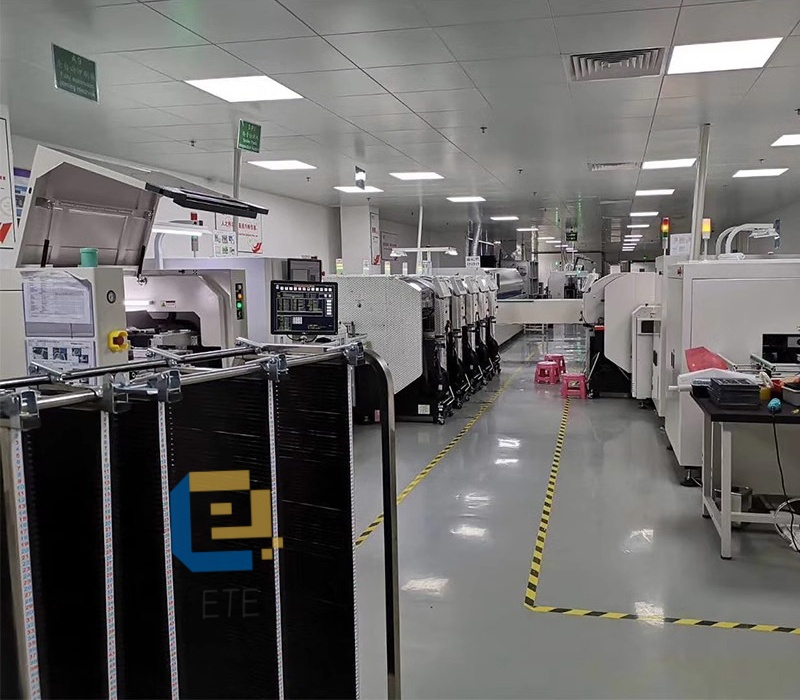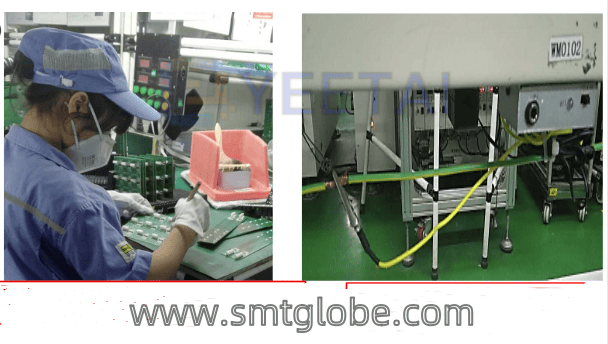Automatic insertion machines play a crucial role in the assembly of electronic components, serving as vital instruments for electrical connections in electronic products. To maximize the efficiency and reliability of these machines, manufacturers must adopt several strategies aimed at improving their performance. If you are running an insertion machine, here are some effective approaches to enhance its Reliability:
1. Simplified Design
When designing automatic insertion machines, it is essential to prioritize simplicity while ensuring that technical and performance requirements are met. A streamlined design minimizes complexity in the power circuit and overall structure, transforming each component into a straightforward configuration. Adopting a standardized approach, which favors single-function modules, helps to reduce design variability and enhance reliability. Many real-world case studies have shown that simplified, standardized designs lead to improved machine performance.
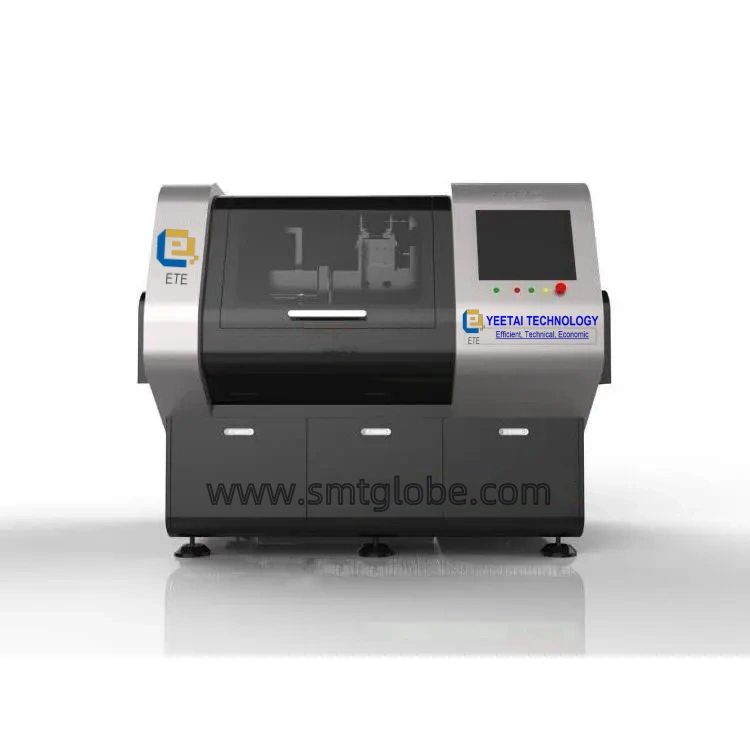
2. Use of Control Modules and Standardized Components
Utilizing control modules and standardized components, which have been thoroughly tested and widely adopted, helps eliminate potential flaws and safety risks in automatic insertion machines. Their design ensures easier troubleshooting and replacement if issues arise. This practice not only enhances the reliability of the equipment but also significantly shortens research and development cycles, facilitating rapid upgrades and deployments.
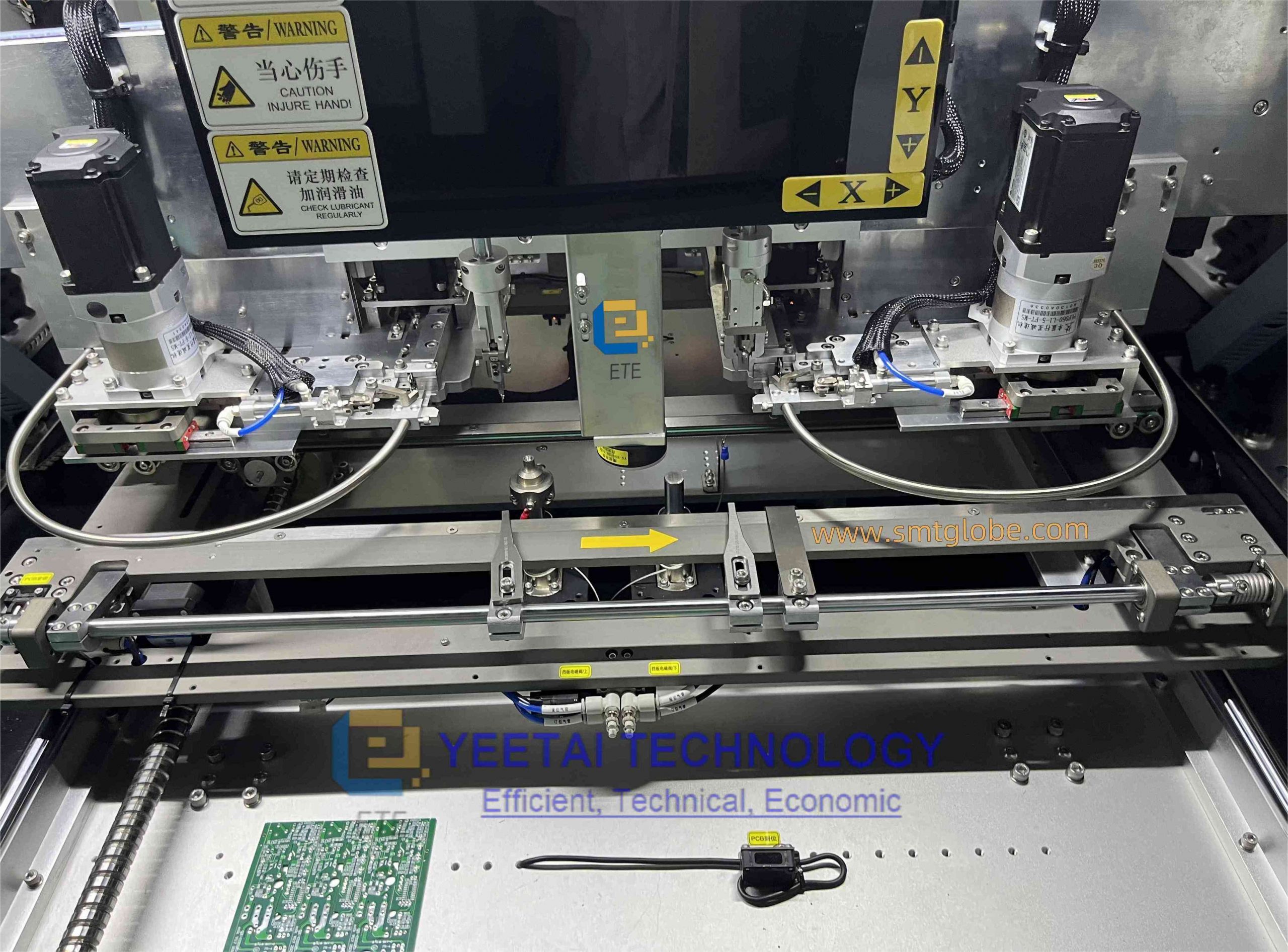
3. Selection of High-Quality Components
The electronic components used in automatic insertion machines are foundational to their operation. The quality of these components directly impacts the machine’s reliability. For industrial applications, it is advisable to choose high-quality, industrial-grade components, preferably military-grade. Rigorous testing and screening before installation can help weed out defective parts, ensuring that only reliable components are utilized.
4. Robust Structure and Advanced Processing Techniques
Designs should aim to minimize the number of connectors and plated holes in the circuitry. Whenever possible, components and integrated circuits should be directly soldered onto the printed circuit board (PCB). Surface mount technology (SMT) should be employed to prevent looseness, thereby enhancing the machine’s reliability. A well-structured and advanced processing approach can greatly reduce the chances of failure.
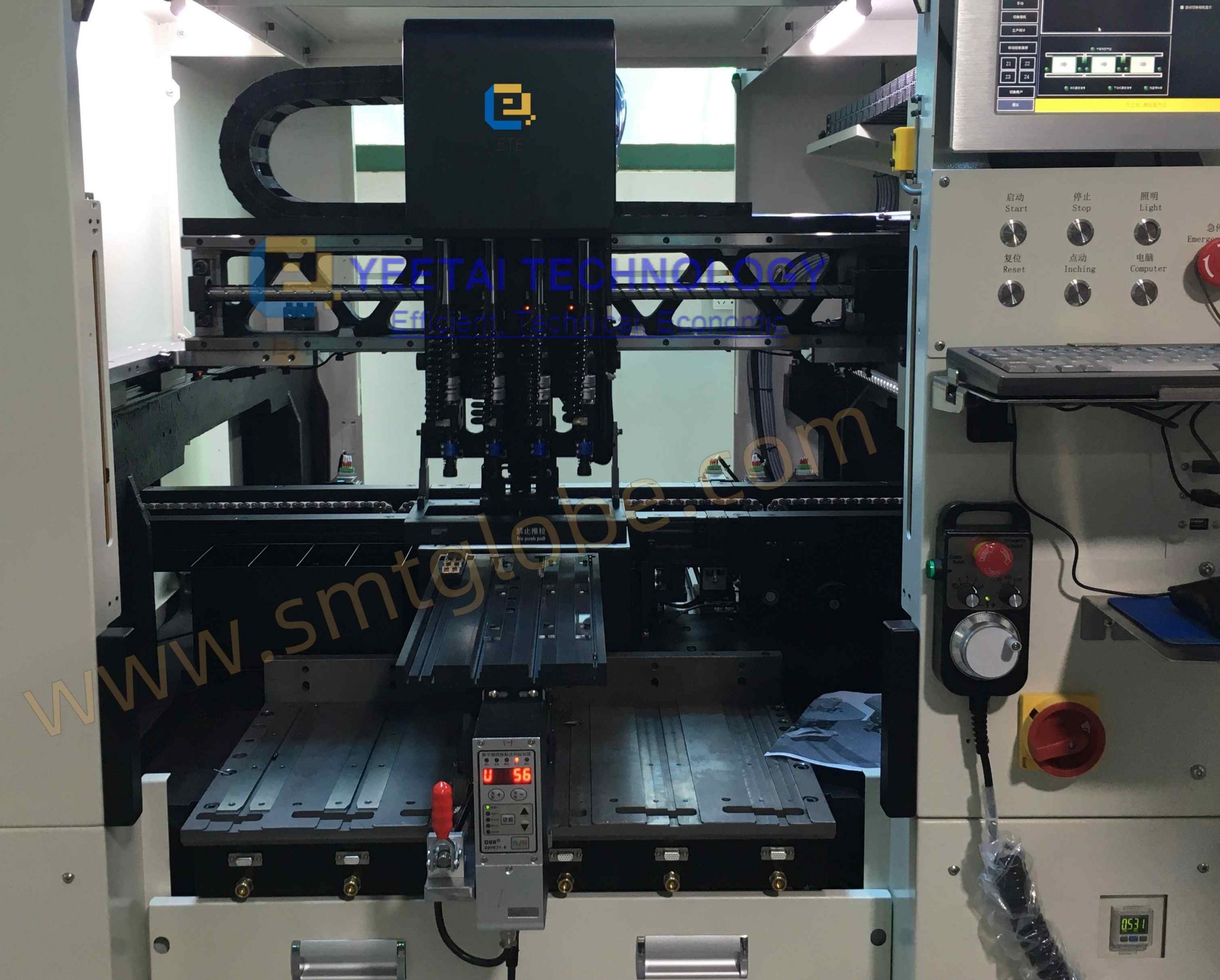
5. Increased Processing Speed
Incorporating high-performance, fast-processing integrated circuits can significantly improve the efficiency of automatic insertion machines. Reducing the number of electronic components can lower the risk of failure points within the system. This not only enhances reliability but also shortens development cycles, making the machines more efficient.
By implementing these strategies, automatic insertion machines can reduce defect rates, minimize production costs, increase operational efficiency, and limit the risks associated with operator errors. These benefits are vital as the industry evolves and the demand for automation grows. As technology continues to advance, it is crucial for manufacturers to consider these improvements to remain competitive in the ever-evolving market of electronic assembly.
We can help to simplify and qualify your PTH PCB assembly process.

